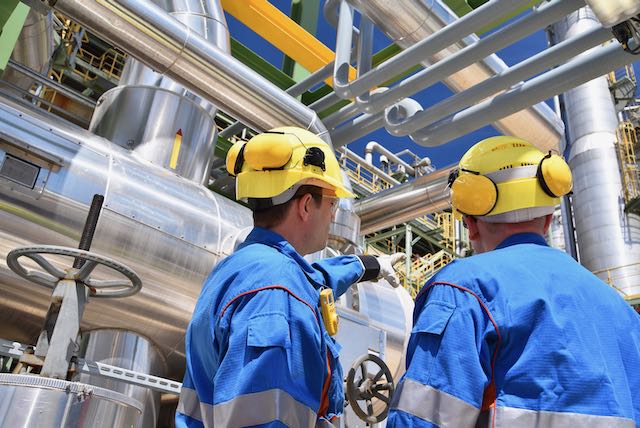Lessons Learned: Container Ship Collision

What caused the collision of the Maersk Shekou, a Singapore-registered container ship, with the tall ship STS Leeuwin II, resulting in extensive destruction to the sailing vessel?
An ATSB investigation interim report outlines the sequence of events leading up to the collision of a container ship with the berthed tall ship STS Leeuwin II in Fremantle last August.
The 333 m, Singapore-flagged container ship Maersk Shekou was being piloted toward its assigned berth in Fremantle’s inner harbor when it collided with and substantially damaged STS Leeuwin II alongside Victoria Quay on the morning of August 30, 2024.
The ATSB’s (Australian Transport Safety Bureau) interim report, which contains no findings or analysis, notes the container ship had arrived off Fremantle eight days prior to the accident.
The vessel and its crew waited a week offshore, first due to industrial action at the port and then due to unfavourable weather, before two harbor pilots boarded just before 5 am on the day of the accident.
“During the initial southerly transit, wind gusts of up to 50 knots from the southwest, almost on the bow of the vessel, were being encountered,” explained ATSB Chief Commissioner Angus Mitchell.
“Around an hour later, as the ship entered port, three tugs were connected but with persistent winds now on the starboard quarter, up to 30° of port helm was required to maintain the course.”
As the Shekou’s bow was in line with South Mole, the pilot ordered a course of 083° as the last tug was being made fast on the starboard shoulder and the vessel was making good around 7.5 knots. Despite carrying hard port rudder, the vessel was experiencing a 1°/min rate of turn to starboard and struggling to maintain the entry course of 083°.
In a further attempt to bring the vessel’s head to the ordered course, the pilot ordered full ahead on the main engine. This action combined with the tugs eventually brought the course from 087° to 086°, when the helmsman, without positive oversight of the pilot, then applied 30° of opposite starboard helm to stop the turn and steady on the previously ordered course of 083°.
“Fifteen seconds later, the primary pilot realized they were in trouble with the Leeuwin now almost right ahead, and the ship’s heading was no longer continuing to turn to port as expected, and as required to navigate the bend,” Mr. Mitchell explained.
The tug on the starboard shoulder then had to abandon its position due to the danger of being crushed between the quay and the closing hull of the Shekou.
“Moments later, the starboard bow collided with the Leeuwin, dismasting it, with the two crew members onboard escaping via the gangway just on impact,” Mr. Mitchell said.
“The outermost stack of the containers onboard the Shekou then collided with the roof of the WA Maritime Museum as the vessel’s starboard quarter continued to swing around and contact the wharf.”
The ship was subsequently brought back under control in the inner harbor, and conducted to its berth.
To date, the ATSB has interviewed the vessel’s master and crew, along with both pilots, tug skippers, and port operational staff.
It has also reviewed relevant communications, bridge recordings, port procedures, weather data, and the vessel’s logs and records.
As the ATSB investigation continues, it will review and examine pilot and crew actions including bridge resource management, the ship’s safety management system, weather information and port and pilotage procedures for inbound vessels at Fremantle.
Mr. Mitchell said a final report, with safety analysis and findings, would be released at the conclusion of the investigation.
“Should a critical safety issue be identified during the course of the investigation, the ATSB will immediately notify relevant parties so appropriate and timely safety action can be taken,” he concluded.
Read the interim ATSB report: Collision involving container ship Maersk Shekou and tall ship STS Leeuwin II, Fremantle, Western Australia, on 30 August 2024. Publication date:17/04/2025.



